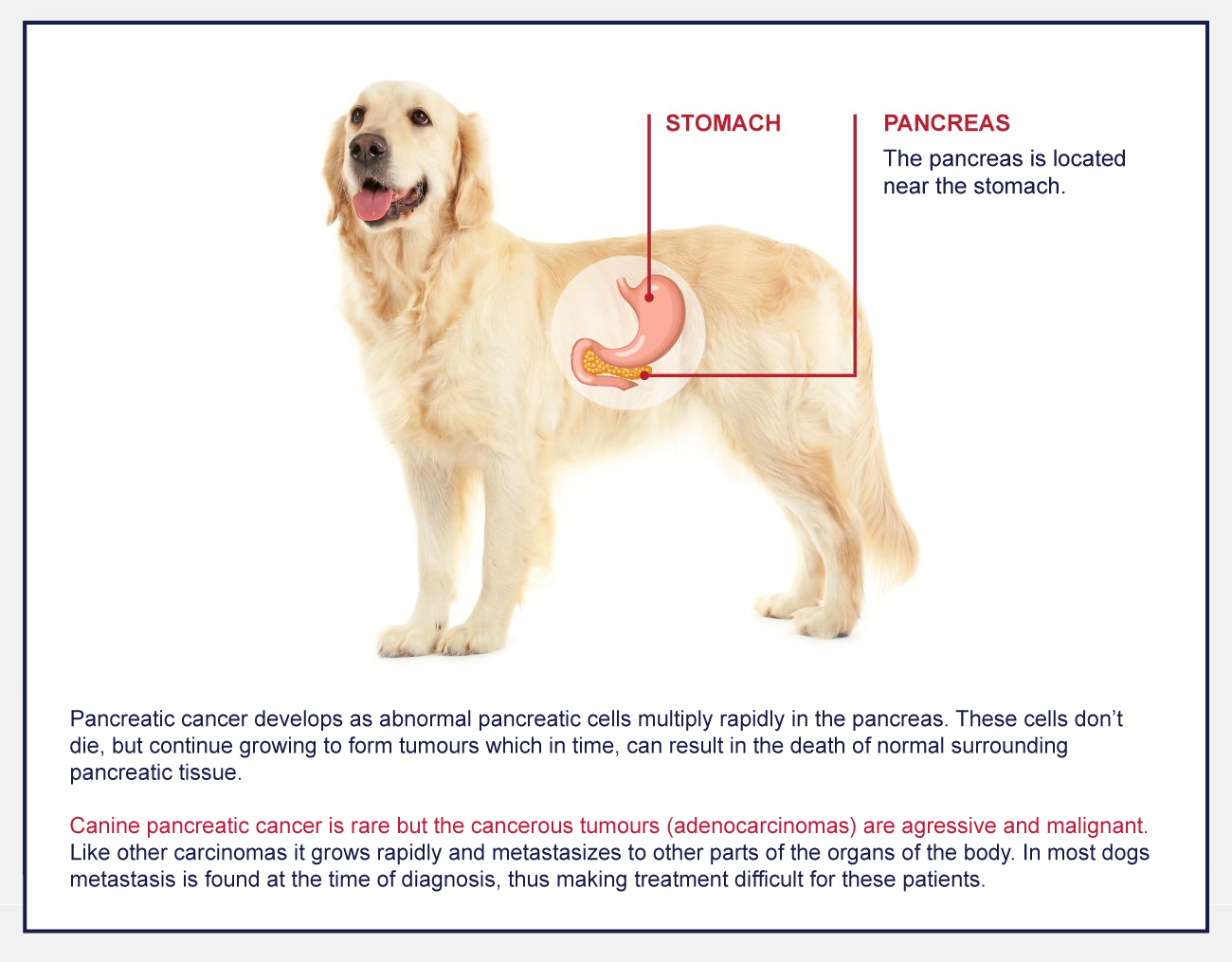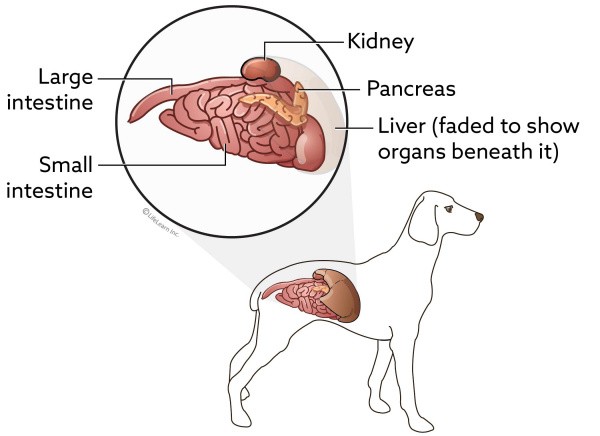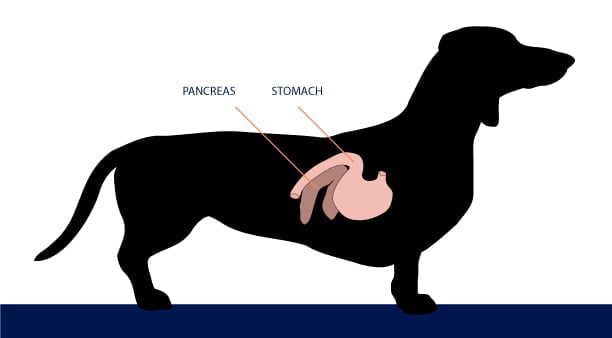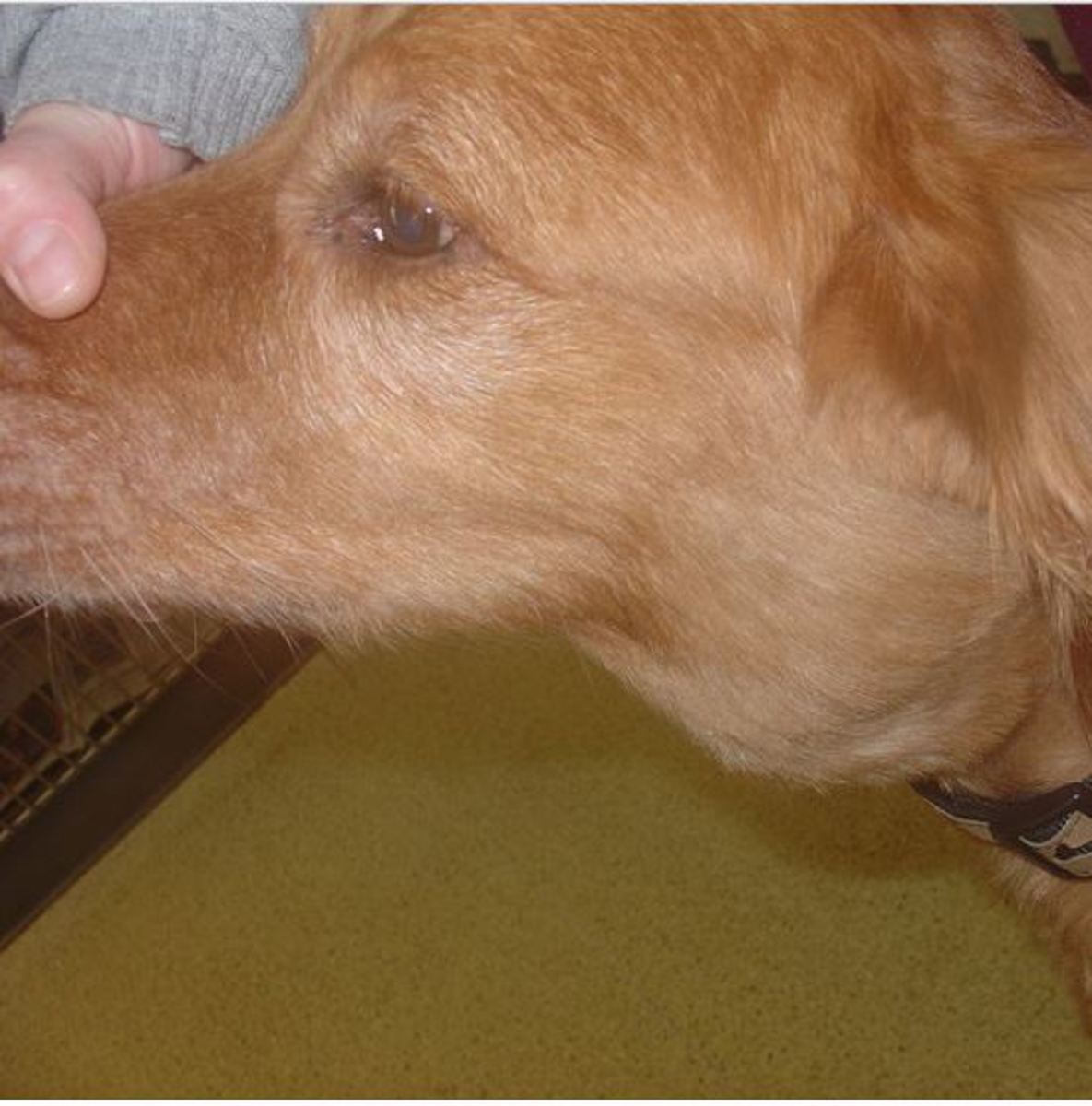Pancreatic mass in dogs
Pancreatic Mass In Dogs. If Your Dog Has Cancer You NEED This Book. Insulinoma are tumors on the dogs pancreas the organ which. Treatment of pancreatitis in dogs often requires hospitalization for several days along with supportive care such as. Benign and malignant tumors in dogs.
 Pancreatic Cancer Adenocarcinoma In Dogs Petlifeca From petlifeca.ca
Pancreatic Cancer Adenocarcinoma In Dogs Petlifeca From petlifeca.ca
Benign and malignant tumors in dogs. In one case series of six dogs two lived greater than 15 months one dog with no. Intravenous fluids to maintain hydration and electrolyte balance. An insulinoma is a tumor of the pancreas that affects the regulation of your dogs sugar levels causing hypoglycemia also referred to as low blood sugar. Sadly in dogs malignant pancreatic tumors are more common than benign however both are relatively rare. Many symptoms of pancreatic cancer in dogs are non-specific.
Fasting to give the pancreas a chance to rest and stop producing digestive enzymes.
Insulinomas prevent the pancreas from functioning properly. Types of Pancreatic Tumors in Dogs. The most common clinical signs included acute onset of lethargy n 5 anorexia n 6 vomiting n 5 and diarrhea n 2. Most dogs affected with this cancer are middle-aged to senior dogs. Pancreatitis in dogs is an inflammatory reaction within the pancreas that can result in abdominal pain inappetence and vomiting. Therefore it is difficult to tell if a dog showing the symptoms has pancreatic cancer or other benign pancreatic disease.
 Source: innovetpet.com
Source: innovetpet.com
On color Doppler evaluation there was no blood flow noted in the pancreatic mass which is consistent with necrosis. Pancreatic adenocarcinomas are the most common malignant tumor of the exocrine pancreas in dogs. Adenocarcinomas are characterized as glandular in structure andor originating in the glandular tissue. Pancreatic adenocarcinoma is the most common primary neoplastic condition of the exocrine pancreas in dogs and cats but is rare overall in both species. Your veterinarian will palpate your pets abdomen feeling for pain distension or even the presence of a lump or mass.
 Source: vcahospitals.com
Source: vcahospitals.com
Severe pancreatitis in a dog with a large ill defined hypoechoic mass PA noted in the mid to far field and surrounding irregularly marginated hyperechoic mesentery ME consistent with fat saponification and peritonitis A. Your veterinarian will palpate your pets abdomen feeling for pain distension or even the presence of a lump or mass. Pancreatic pseudocysts have been reported in dogs and cats whereas necrotic mass lesions of the pancreas and pancreatic abscesses have been. These tumors cause the insulin levels to rise dramatically which in turn cause the glucose levels to decrease. Pancreatitis in dogs is an inflammatory reaction within the pancreas that can result in abdominal pain inappetence and vomiting.
 Source: researchgate.net
Source: researchgate.net
Therefore it is difficult to tell if a dog showing the symptoms has pancreatic cancer or other benign pancreatic disease. Insulinomas are the most common type of pancreatic tumor followed by adenocarcinomas. The inflammation results from the inappropriate early activation of an enzyme within the pancreas which causes the pancreas to digest itself. Both types of cancer typically originate in the pancreas and are typically malignant. It leads to vomiting stomach pain diarrhea.
 Source: onlinelibrary.wiley.com
Source: onlinelibrary.wiley.com
Severe pancreatitis in a dog with a large ill defined hypoechoic mass PA noted in the mid to far field and surrounding irregularly marginated hyperechoic mesentery ME consistent with fat saponification and peritonitis A. Pancreatic Adenocarcinoma in Dogs A carcinoma is a type of malignant tumor found in both humans and animals and tends to be particularly malignant with recurring growth after surgical excision. Insulinomas are the most common type of pancreatic tumor followed by adenocarcinomas. Sadly in dogs malignant pancreatic tumors are more common than benign however both are relatively rare. It is said to be complicated pancreatitis.
 Source: vcahospitals.com
Source: vcahospitals.com
Six cases 1978-1986 Pancreatic abscess was diagnosed by exploratory celiotomy in 6 dogs. Adenocarcinomas are characterized as glandular in structure andor originating in the glandular tissue. Adenocarcinomas insulinomas gastrinomas and glucagonomas. Therefore it is difficult to tell if a dog showing the symptoms has pancreatic cancer or other benign pancreatic disease. Exocrine tumors include adenomas and adenocarcinomas and endocrine tumors include insulinomas gastrinomas and glucagonomas.
 Source: todaysveterinarypractice.com
Source: todaysveterinarypractice.com
It leads to vomiting stomach pain diarrhea. Primary tumors are when the neoplasm tumor develop in the pancreas and secondary tumors are when the cancer has developed in another organ and then spread metastasized to the Pancreas. Pancreatic Adenocarcinoma in Dogs A carcinoma is a type of malignant tumor found in both humans and animals and tends to be particularly malignant with recurring growth after surgical excision. These tumors cause the insulin levels to rise dramatically which in turn cause the glucose levels to decrease. Exocrine pancreatic tumors are rare with a reported incidence of 178 and 126 per 100000 patient years at risk in the dog and cat respectively.
 Source: wearethecure.org
Source: wearethecure.org
Pancreatitis in Dogs. In some conditions a mass can be felt in the dogs abdomen. One affects the pancreas exocrine cells that produce enzymes and one affects the endocrine cells which produce insulin. The most common form of pancreatic cancer seen in dogs is insulinoma followed by adenocarcinoma. Sadly in dogs malignant pancreatic tumors are more common than benign however both are relatively rare.
 Source: innovetpet.com
Source: innovetpet.com
Repeated vomiting either several times within a few hours or periodically over several days Pain or distention of the abdomen dog appears. Pancreatic exocrine neoplasia is an aggressive cancer that will spread to tissues that are nearby and even to the other organs throughout your dogs body. One affects the pancreas exocrine cells that produce enzymes and one affects the endocrine cells which produce insulin. Pancreatic adenocarcinoma is the most common primary neoplastic condition of the exocrine pancreas in dogs and cats but is rare overall in both species. Pancreatic cancer in dogs is either Primary or Secondary.
 Source: todaysveterinarypractice.com
Source: todaysveterinarypractice.com
On color Doppler evaluation there was no blood flow noted in the pancreatic mass which is consistent with necrosis. On color Doppler evaluation there was no blood flow noted in the pancreatic mass which is consistent with necrosis. Treatment of pancreatitis in dogs often requires hospitalization for several days along with supportive care such as. Insulinoma are tumors on the dogs pancreas the organ which. A few other types of cancer have also been reported in the pancreas.
 Source: canna-pet.com
Source: canna-pet.com
10 One exception may be hyalinizing pancreatic adenocarcinoma which may progress more slowly than other subtypes of exocrine pancreatic cancer. Both tumors are more common in dogs than cats. Adenocarcinomas insulinomas gastrinomas and glucagonomas. 10 One exception may be hyalinizing pancreatic adenocarcinoma which may progress more slowly than other subtypes of exocrine pancreatic cancer. Pancreatic adenomas are benign nonspreading tumors.
 Source: petlifeau.com
Source: petlifeau.com
A few other types of cancer have also been reported in the pancreas. Generally these tumors are malignant and are most common in Airedales and Boxers. Pancreatic abscess in dogs. Diagnosis of Pancreatic Exocrine Neoplasia in Dogs. Treatment of pancreatitis in dogs often requires hospitalization for several days along with supportive care such as.
 Source: petlifeca.ca
Source: petlifeca.ca
Insulinoma are tumors on the dogs pancreas the organ which. Sadly in dogs malignant pancreatic tumors are more common than benign however both are relatively rare. This is a medical condition when there is a collection of sterile pancreatic fluid enclosed by a tissue. Generally these tumors are malignant and are most common in Airedales and Boxers. It is a collection of pus near the pancreas.
If you find this site helpful, please support us by sharing this posts to your own social media accounts like Facebook, Instagram and so on or you can also save this blog page with the title pancreatic mass in dogs by using Ctrl + D for devices a laptop with a Windows operating system or Command + D for laptops with an Apple operating system. If you use a smartphone, you can also use the drawer menu of the browser you are using. Whether it’s a Windows, Mac, iOS or Android operating system, you will still be able to bookmark this website.






